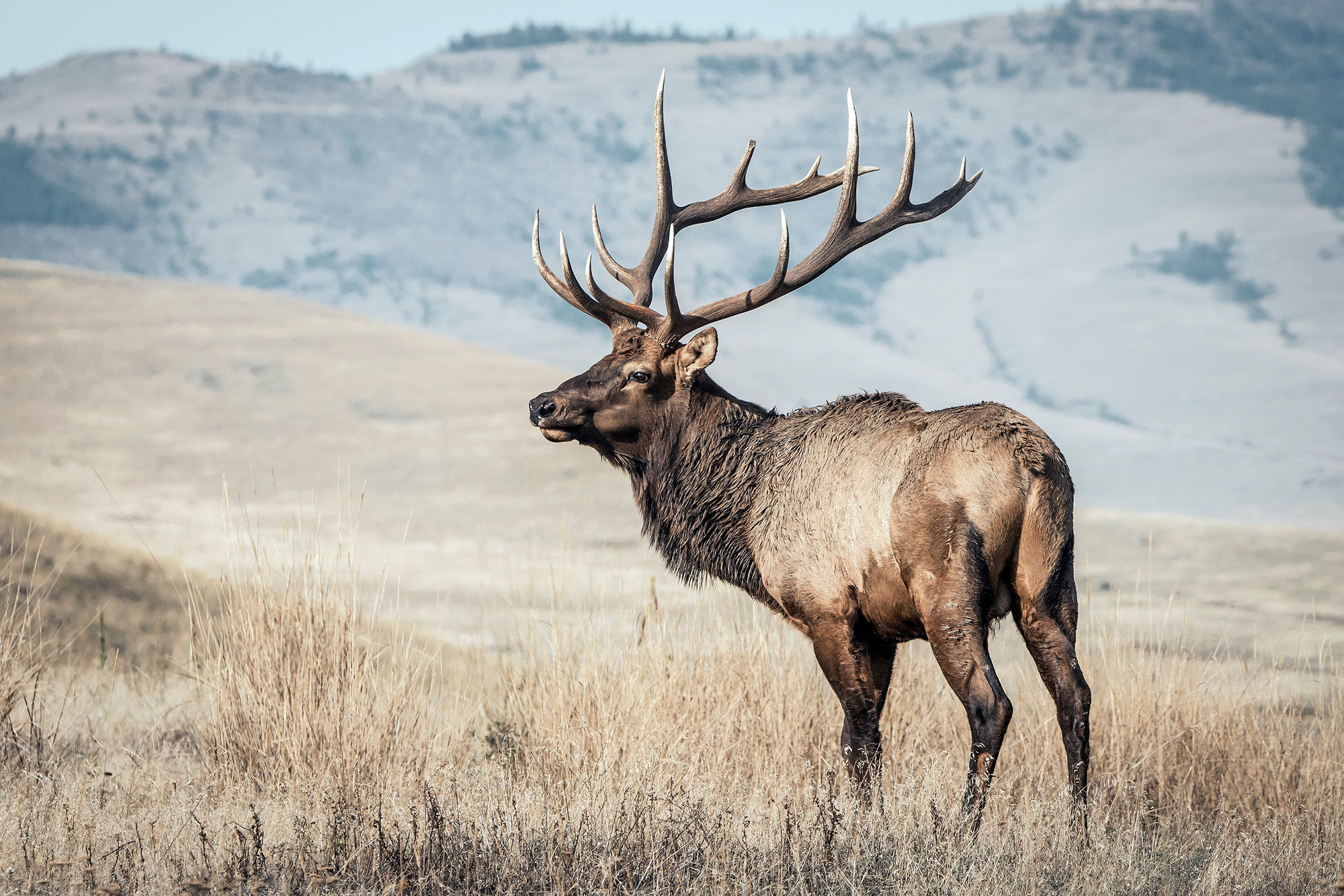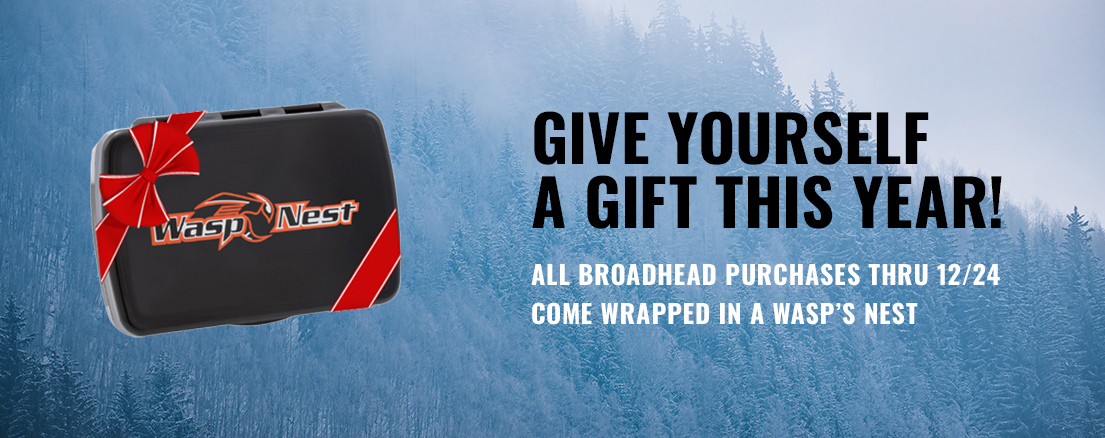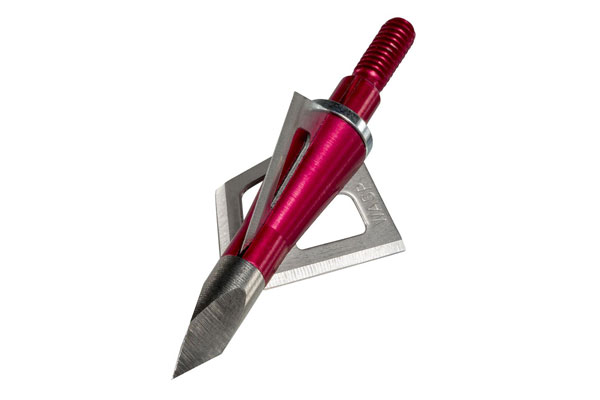The Best Broadheads for Elk Hunting
Big bulls are extremely tough to bring down with a bow, which makes broadhead choice important. Here are some simple tips to guide you
Regardless of its huge vital area, an elk is one of North America’s most difficult big-game animals to put down with a bow. Make anything less than a heart or double-lung hit, and you can anticipate a difficult recovery or no recovery at all.
Elk have thick ribs, and their shoulders and leg bones are immense in size and density. Even if you steer clear of the big bones, arrow penetration, or lack of it, can still spell victory or disaster. If your arrow drives only 6 inches into the rib cage behind the shoulder, you’re getting only one lung. Elk have been known to live a long time following a single-lung strike. Plus, with no exit wound, the blood trail will likely be sparse. To that end, arrow and broadhead selection is important before you hit the hills in search of big bulls. Let’s run through some basics so that you can gear up the right way before your September elk hunt.
GOOD PENETRATION BEGINS WITH THE ARROW
Speed isn’t all that important when it comes to arrow penetration on elk, so using an ultra-lightweight arrow to milk out every last foot per second isn’t the answer. A lightweight arrow loses energy faster on impact, impeding penetration. However, shooting a 600-plus-grain arrow can create some potential issues, too. You’ll have large pin gaps due to the greater trajectory arc, making yardage estimation extremely critical. Plus, accuracy at longer distances sometimes suffers. Try to land somewhere in the middle with an arrow that tunes and groups beautifully.
For a normal 55- to 70-pound setup with a 25- to 30-inch draw length, a finished arrow weight of 420 to 500 grains will perform well with good placement. If you’re shooting less than 50 pounds, it’s ill-advised to shoot an arrow weighing less than 400 grains. Remember, you need enough weight to minimize energy loss upon impact. FOC (front of center) is somewhat important, too. Anything over 10 percent should do just fine, and around 13-15 percent is a good goal.
BROADHEAD CONSIDERATIONS
Now, let’s discuss the arrow’s business end. If you have an upcoming elk hunt, you’ve probably researched broadheads and found yourself perplexed by the dozens of options and the differing opinions. Some elk hunters believe a fixed-blade broadhead is the only way to go, and others shoot nothing but mechanicals. Who’s right? Which is deadlier? To set the record straight, there are tons of expert elk hunters who kill bulls every year with fixed-blade heads and likewise with mechanicals. One isn’t necessarily better than the other.

SS200
Instead, choosing the best broadhead for elk comes down to two fundamental questions. First, how powerful is your setup? Second, which broadhead style gives you more confidence? With lighter setups of 55 pounds and below, the safest bet is an ultra-sharp fixed-blade head. Ideal Wasp fixed-blades for elk hunting include the Havalon HV, Mortem, and Sharpshooter.
If you’re shooting 60 pounds or more, you can often experience better arrow flight with less tinkering and tuning by choosing a mechanical broadhead. If you’re at 60 pounds or slightly over, the Jak-Hammer 1 1/4” or Z-Force make fine choices. You get a compact flight profile and a slightly larger cutting diameter than with fixed heads, but you also get great penetration. If you’re shooting 65 pounds or more with a stout arrow, you can venture up to the Jak-Knife (2-inch cutting diameter) or the Jak-Hammer 1 3/4”. The benefit of a larger cutting surface is greater devastation and more forgiveness in the event of a marginal hit.
CONFIDENCE AND SHOT PLACEMENT
It’s good to reiterate: Elk are tough to put down with a bow. But in choosing a broadhead, recall the two fundamental questions we posed above: How powerful is your setup, and which broadhead style gives you the most confidence? Shot placement trumps every other consideration, so using what gives you confidence will increase the likelihood of a perfect hit. From there, don’t overcomplicate things. Follow the tips outlined here, take your time, and make a great shot. Do that and you can expect fast, humane results on even the biggest of bulls.
— Story by Wasp Archery staff; image by John Hafner
View All Posts

